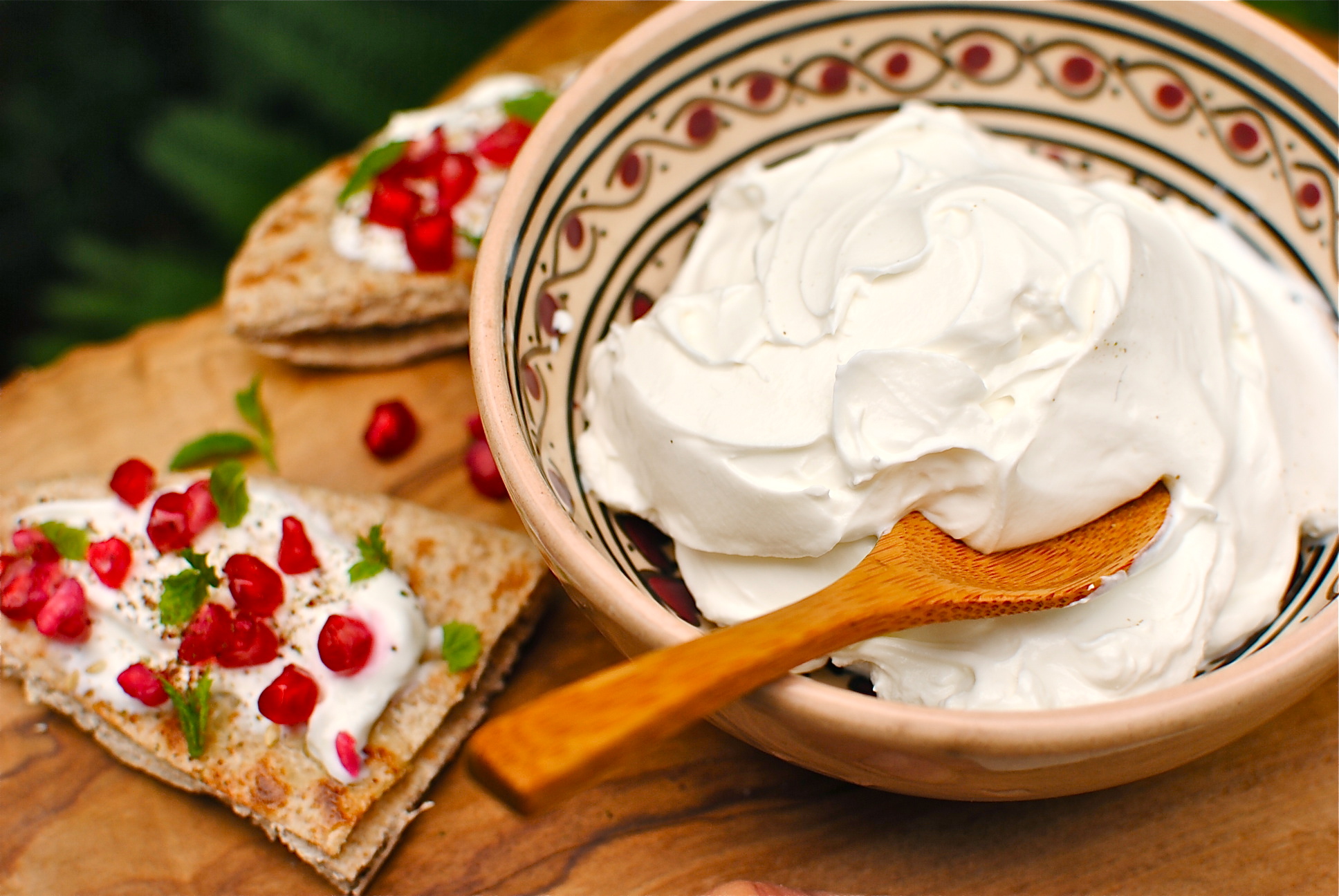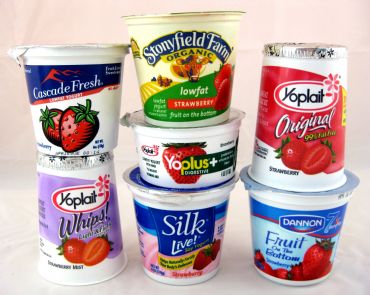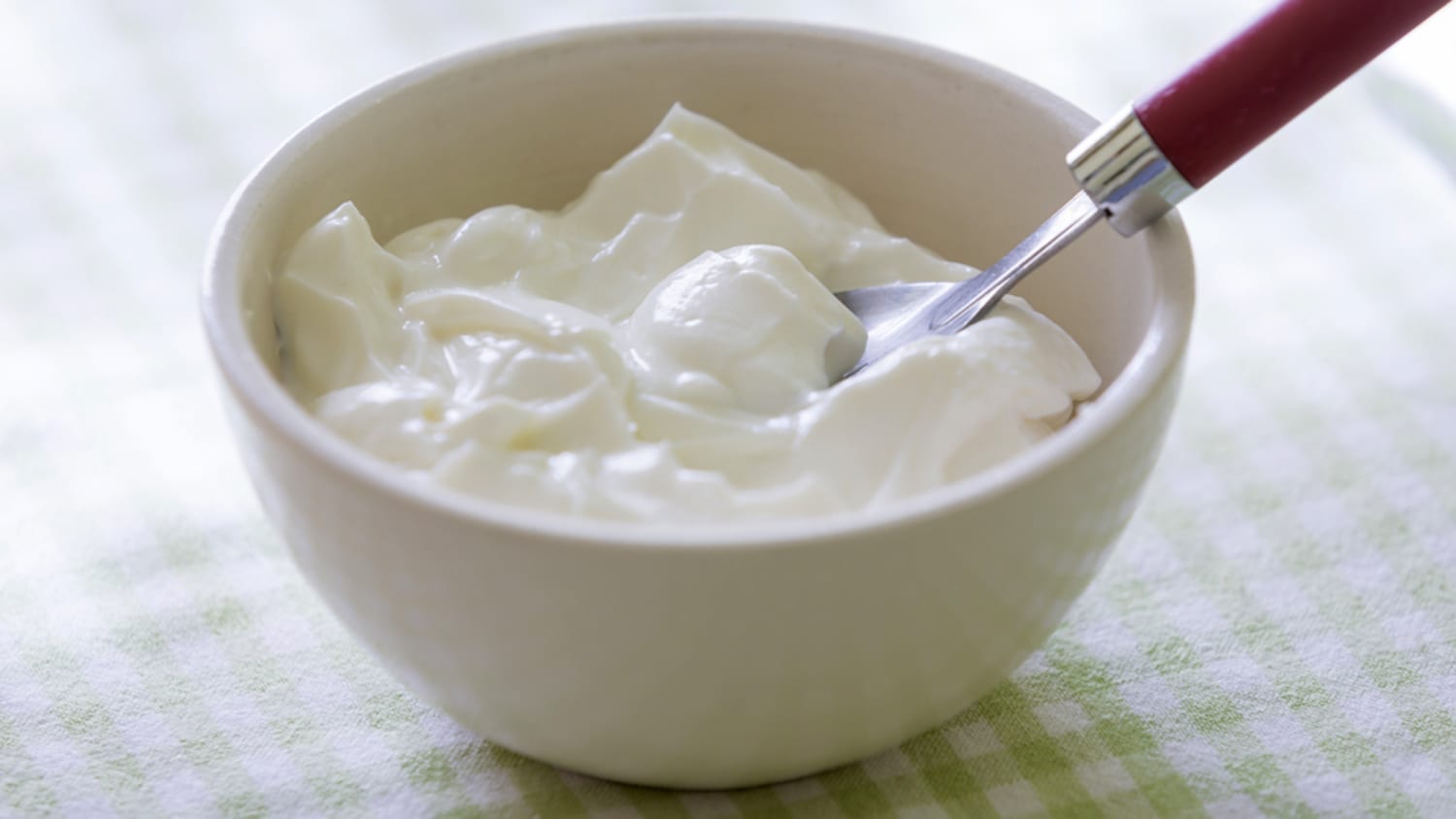In the June/July issue of fine cooking magazine there is a recipe for a Mushroom Steak Melt where flap meat is used to create a knife and fork open faced sandwich. Here it is:
Mushroom Steak Melt
Ingredients
1/2 cup dark lager or pale ale 2 tsp canola or other vegetable oil
1 tsp Dijon mustard 8 oz cremini mushrooms, sliced
1 tsp Worcestershire sauce 1 medium yellow onion, thinly sliced
1 tsp balsamic vinegar 1 tsp chopped fresh rosemary
12 oz flap meat 4-3/4" thick slices peasant style bread
Kosher salt & freshly ground black pepper 8 slices provolone cheese (about 5 oz)
Directions
Position a rack about 6" from the broiler and heat the broiler on high. In a small bowl, combine the beer, mustard, Worcestershire and vinegar; set aside.
Heat a 10" to 11" cast-iron skillet over medium-high heat for about 2 minutes. Meanwhile, cut the flap meat into pieces to fit into the skillet, if necessary, and season generously with salt and pepper. Turn on your exhaust fan. Add the oil to the hot skillet and swirl to coat. Add the meat and cook, turning about every 2 minutes until 135F, 5 to 10 minutes total. Transfer to a cutting board, tent with foil, and set aside.
Reduce the heat to medium and add the mushrooms, onion, and rosemary. Season with salt and pepper and cook, stirring frequently, until the mushrooms have released their liquid and are starting to stick to the skillet, 6 to 8 minutes. Transfer to a bowl.
Return the skillet to medium heat, add the beer mixture, and cook, scraping the bottom of the skillet with a wooden spatula until reduced to a thin glazy consistency, 5 to 7 minutes. Remove from the heat and stir in the mushrooms and onion. Thinly slice the meat across the grain and toss with the mushroom mixture.
Toast the bread on both sides directly on the rack under the broiler, about 1 minute per side. Transfer to a small baking sheet. Distribute the steak mixture among the slices of toast, and top with the cheese. Broil until the cheese melts, 1 to 2 minutes. Serve.
Serves 4




































